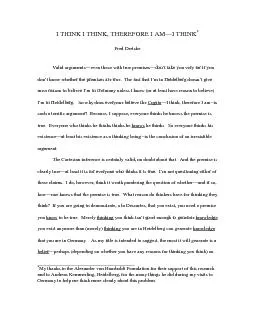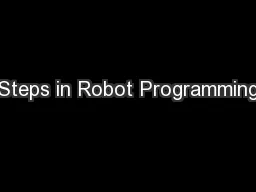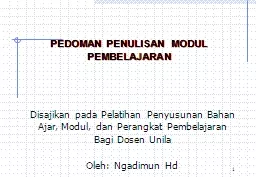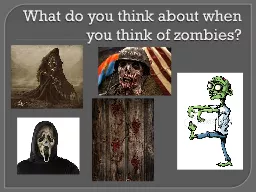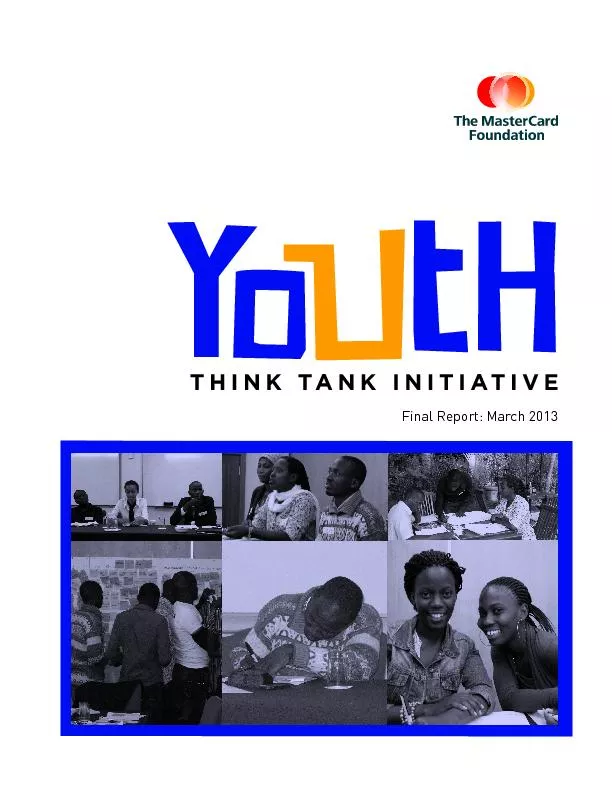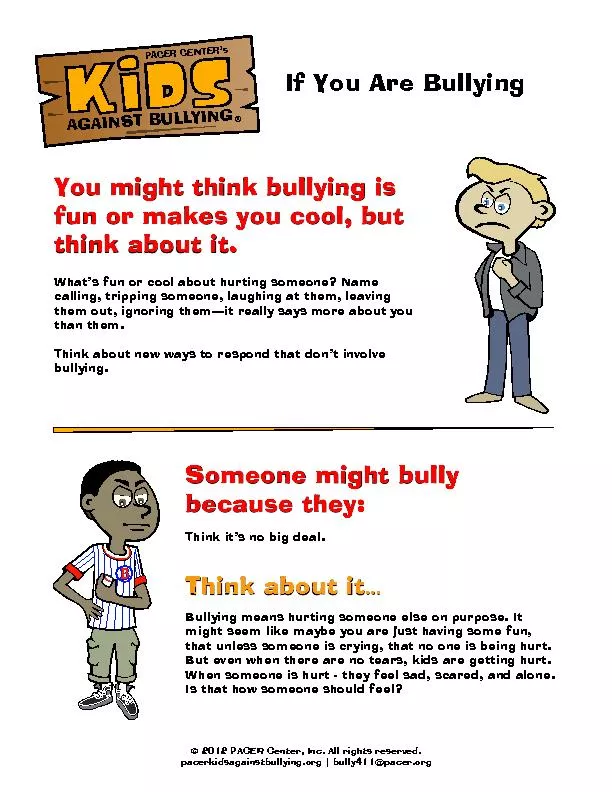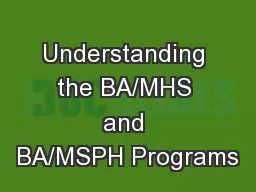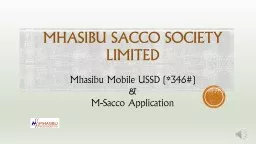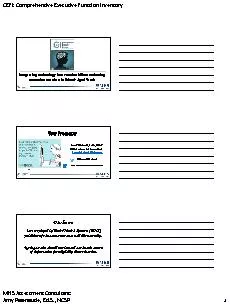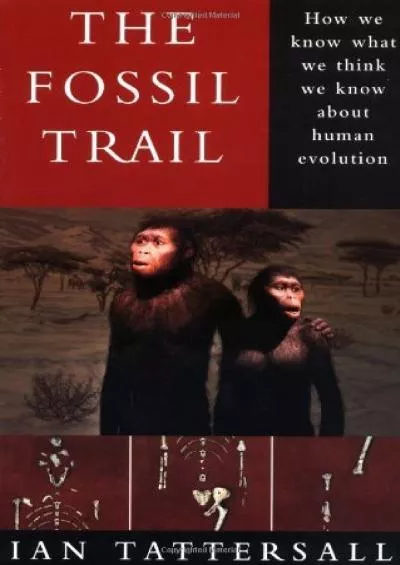PPT-So You Think You Know MHS
Author : ellena-manuel | Published Date : 2018-12-05
When was the first MHS Built 1926 Now The Fasken Center at 600 Texas Street When did MHS move to 906 W Illinois 1949 Original Front Entrance MHS Today Front Entrance
Presentation Embed Code
Download Presentation
Download Presentation The PPT/PDF document "So You Think You Know MHS" is the property of its rightful owner. Permission is granted to download and print the materials on this website for personal, non-commercial use only, and to display it on your personal computer provided you do not modify the materials and that you retain all copyright notices contained in the materials. By downloading content from our website, you accept the terms of this agreement.
So You Think You Know MHS: Transcript
Download Rules Of Document
"So You Think You Know MHS"The content belongs to its owner. You may download and print it for personal use, without modification, and keep all copyright notices. By downloading, you agree to these terms.
Related Documents


